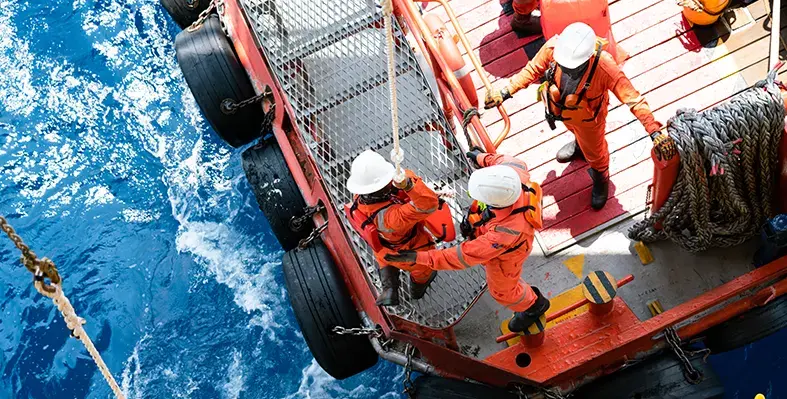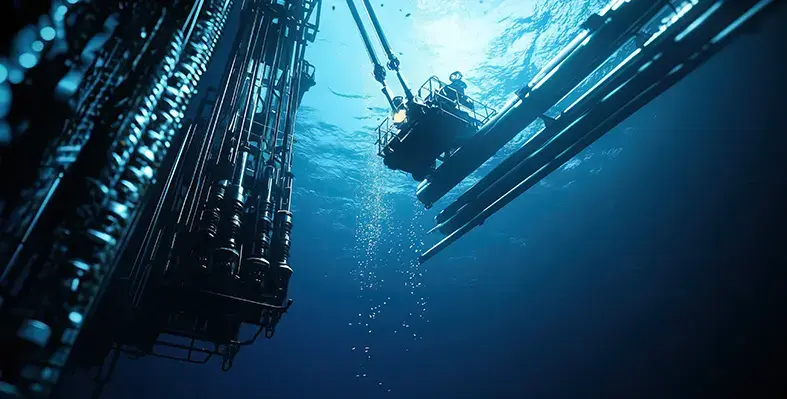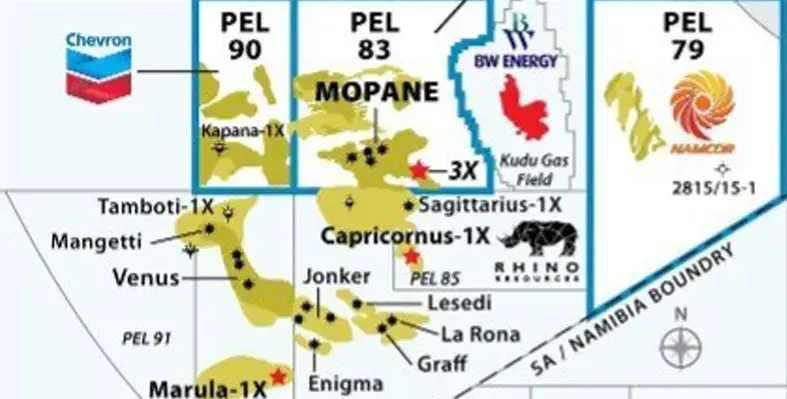Reflecting the surge in interest in Namibia’s burgeoning oil and gas sector, energy and marine consultancy ABL has announced that it is expanding in-country operations
The new entity will support the local oil and gas market, whilst also developing its offering to support Namibia’s energy transition.
“ABL has been supporting energy and marine projects in Namibia for over a decade,” said Anne Myers, ABL’s country manager for South Africa and Namibia. “Opening an official entity is the natural next step for us, and cements ABL’s commitment and local engagement to support the country in delivering on its energy objectives.”
Namibia is becoming a notable player in the African energy landscape, with a focus on traditional oil and gas development following a string of major offshore discoveries in recent years.
Last week, Galp Energia unveiled the latest discovery in the prolific Orange Basin with its Mopane-3X well.
Namibia also holds ambitious plans to harness its extensive solar and wind energy resources.
Its renewable energy potential is further evident in its promise as a green hydrogen hub for the African continent.
“ABL Namibia adds to our legacy presence in the South African market, based in Cape Town,” said Donald MacMillan, ABL’s regional managing director for Middle East, North and South Africa and India.
“It also represents the next step in our continued expansion as the go-to energy and marine consultant to support safety and sustainability in African energy and oceans. We are very excited to see what will come next from this exciting new venture.”
ABL Namibia will provide the company’s full technical service offering in energy and marine consulting, with a focus on marine technical due diligence, rig inspections and rig moving, marine inspections and surveys, marine warranty survey, and maritime services including ports consulting.
Via the support of its sister company, the renewable energy consultancy OWC, the new entity will also provide a springboard off which to expand the company’s expertise in energy transition and green energy technical advisory, engineering and consulting.
The Namibia operation also complements the group’s presence across the African continent, with offices in Egypt, Republic of Congo, Ghana, Nigeria, Senegal and South Africa, together with a consultancy presence in Algeria and Morocco.
Read more:
Galp Energia finds more oil and gas with Mopane-3x well
Orange Basin to be a top drilling zone in 2025 finds Westwood








